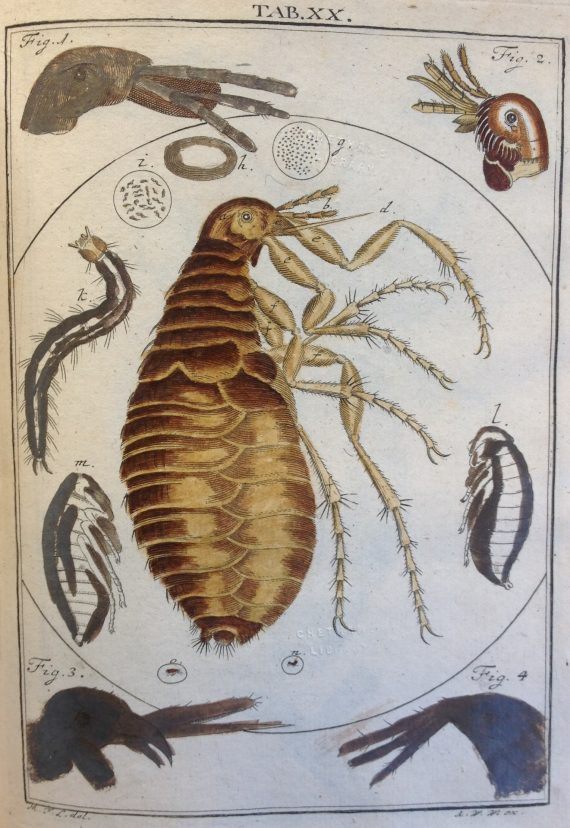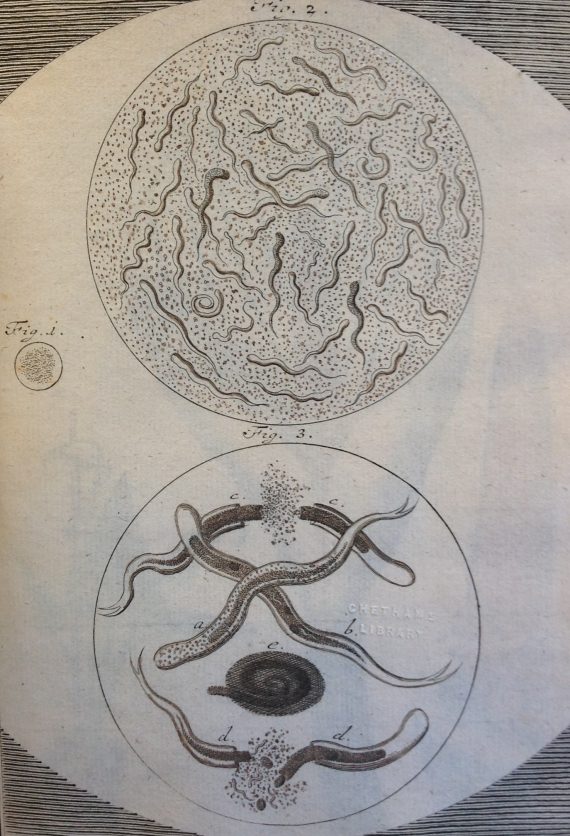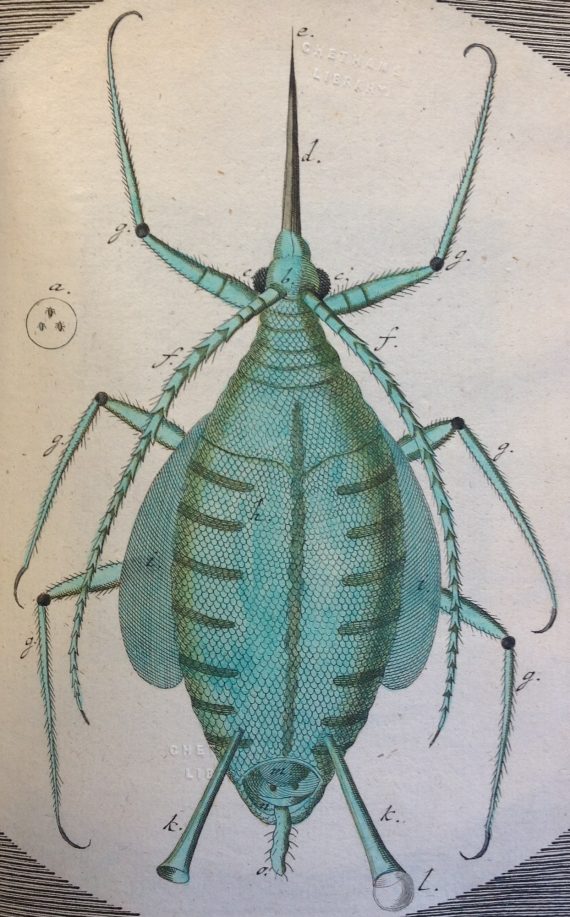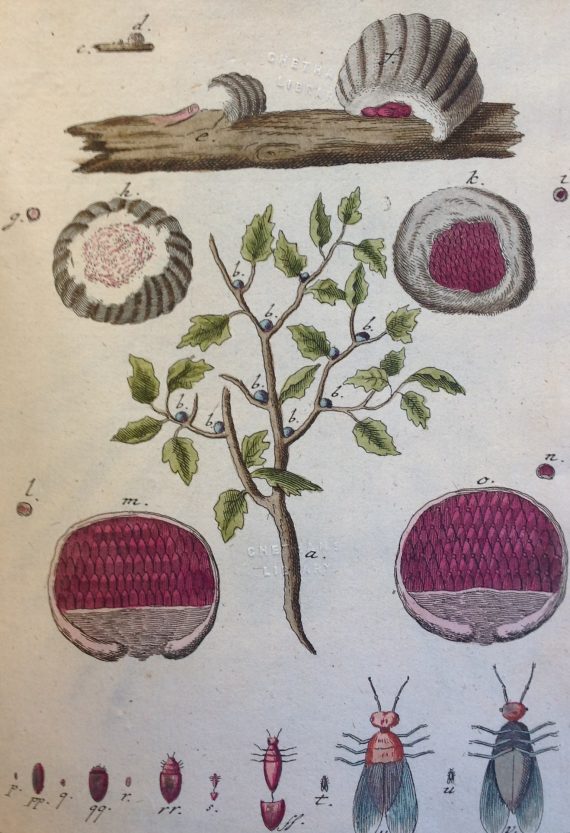- About
- Visiting
- What’s On
- Venue hire
- Catalogues
- Collections
- 101 Treasures of Chetham’s
- Digital Resources
- The Flowers of Histories
- A Book of Hours from France
- The Manchester Scrapbook
- Thomas Barritt of Manchester
- Art Treasures Examiner of 1857
- Manchester Association for Constitutional Order
- The North Western Museum of Science and Industry: Some Reminiscences by Richard Hills
- Criminal Manchester
- The Cup of Destiny
- Athenaeum Souvenir
- Middle English Manuscripts
- Manchester and Liverpool of Today
- Hollingworth’s Mancuniensis
- Memoir of Cecil Wray
- William Seward’s Diary
- The Anti-Monopolist
- Fishwick’s History of Rochdale
- Knyvett’s Defence of this Realm
- Tractatus de Nigromantia
- Axon Ballads
- Printed Books & Ephemera
- Archives & Manuscripts
- Prints and Photographs
- Blog
- Support us
Amusement Microscopique
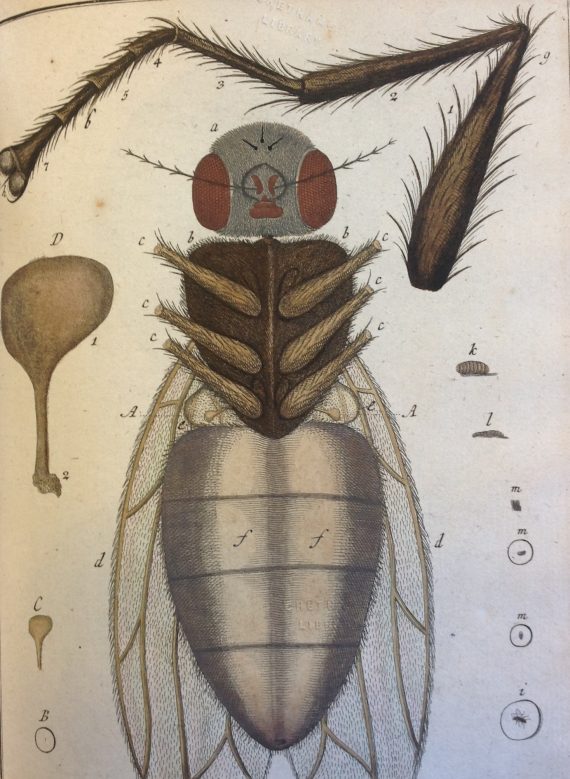
One of the most interesting and attractive of the Library’s collection of illustrated books is a three-volume work entitled Amusement Microscopique by Martin Frobenius Ledermüller (1719-1769).
The book appeared between 1764 and 1768, a century after Robert Hooke’s remarkable pioneering study Micrographia. Ledermüller, physician and keeper of the Margrave of Brandenburg’s natural history collection, produced a more popular work than Hooke, largely as a result of the visual quality of his hand-coloured engravings. The book displayed the usual suspects of microscopy – material that was previously invisible – fungi, plants, insects, plankton and crystals and insects, but Ledermüller brought to his work a designer’s eye and turned his engravings into exquisite works of art in their own right.
This was popular, rather than ground-breaking, science, but Ledermüller showed that microscopy could be a worthwhile leisure pursuit for an educated upper-class audience. His book remains a work for the scientifically curious and also a very beautiful and handsome book.
